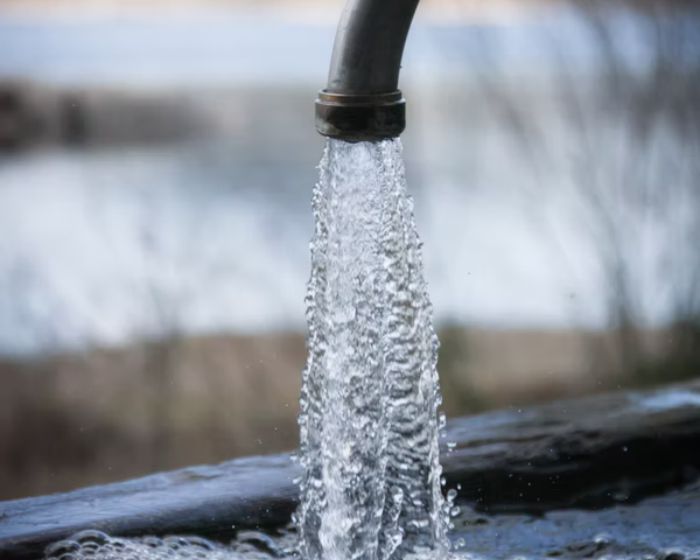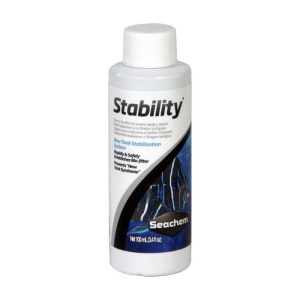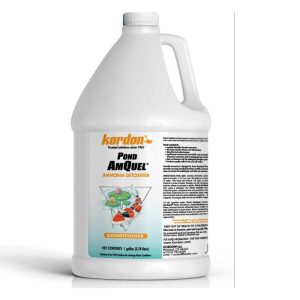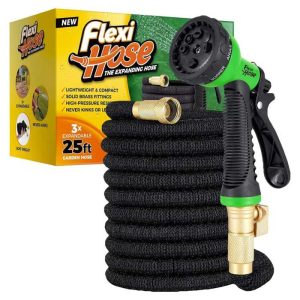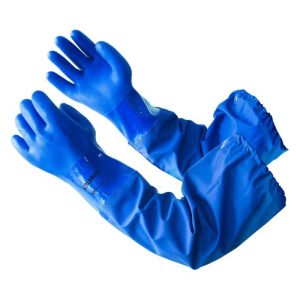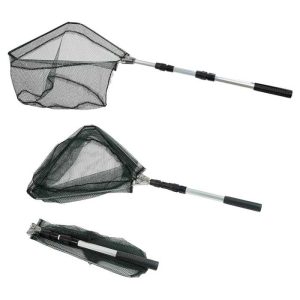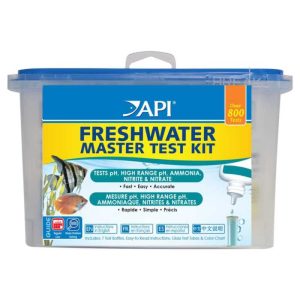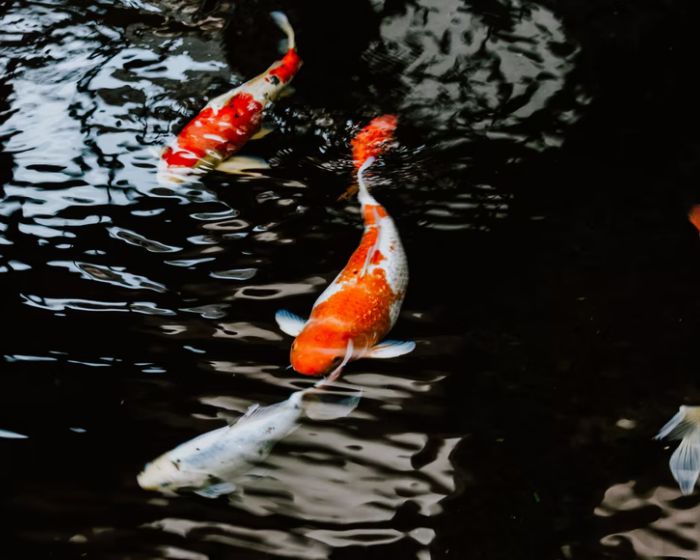As an Affiliate, We may earn a commission that doesn't cost you extra from qualifying purchases using links in this post. It helps keeps this blog running.
Deciding to change and add water to Koi Pond frequently is an important routine to keep your fish pond in great shape and the koi fish healthy. This is because stagnant water becomes polluted with nitrogenous wastes that come out of the fish, decaying matter from bottom debris, and other organisms that grow in the pond. This can cause pollution problems resulting in reduced oxygen levels for your koi fish which can cause health issues or death if not attended to.
Before adding any freshwater to replace the old one in the koi pond, it is important to prep the new water you want to add and dechlorinate it if necessary. This is because the water in your koi fish pond contains dissolved wastes that add to the total load and these need to be deactivated before adding fresh water into the pond. It also helps kill any algae and bacteria that may have grown in the pond over time, keeping it clean and healthy for your koi fish.
Can You Fill A Koi Pond With Tap Water?
Yes you can, when contemplating to add water to koi pond, know that you can fill your koi fish pond with tap water but you will have to dechlorinate it. Topping up your koi fish pond with tap water without dechlorinating is not recommended for the safety of your fish, and the reason is that tap water contains chemicals like chlorine that are designed to kill bacteria or other nasties, fluoride, and other minerals are also added to treat tap water, which decreases the sharpness of the taste, add oxygenation, etc. These are all things that are beneficial when it comes to drinking water but not so great for your fish in a koi pond.
How Long Before Tap Water Is Safe For Koi Pond Fish?
Depending on the quantity and ratio of the water to the pond, after changing your koi pond water it’s best to let the tap water sit for about 48 hours which is 2 days to allow enough time for the Chlorine to evaporate before you can add water to koi pond. Although it can be a little tricky deciding when tap water is safe to pour into a koi fish pond, even after dechlorinating it, there’s still uncertainty that it’s been completely free of chlorine or when it is.
While it’s safe to add tap water to a koi pond after the chlorine has been eliminated from the water, it is still recommended to add additional products such as Methylene Blue or AmQuel Plus to add other helpful bacteria and other healthy additions.
There are ways of telling whether tap water has been dechlorinated and one of the easy ones you can try yourself at home is by adding a little bit of tap water to some test tubes and adding a few drops of household bleach, if it begins to fizzle or bubble the Chlorine hasn’t been completely removed from the water.
How To Add Tap Water To Koi Pond
What you need:
- A garden hose with a pressure regulator to control the water flow rate into your pond. You might wonder if you can use a hose to add water to the koi pond, yes you can.
- A pair of gloves for protecting your hands from the koi fish in case they jump out of the pond while adding water.
- A net for catching escaped fish and moving them back into the pond (optional).
Steps to add tap water to a koi pond
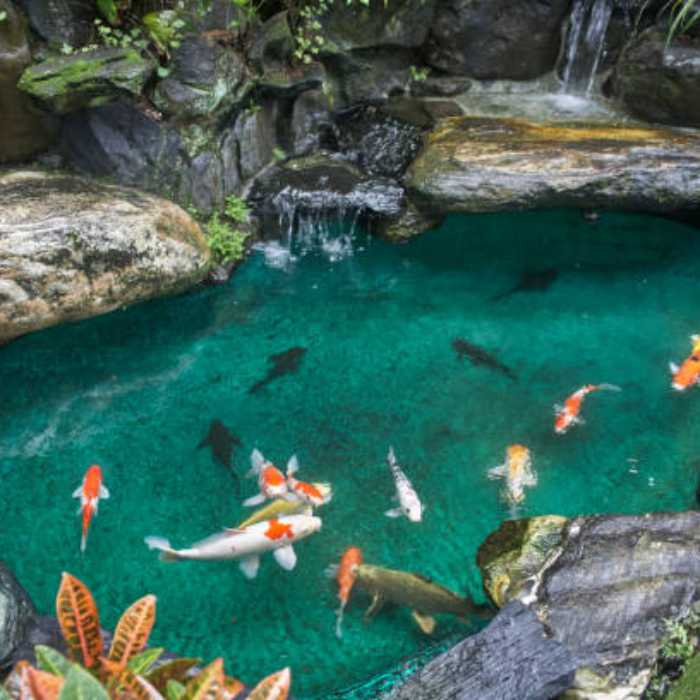
Gotten all your needed items? Well, let’s move on to the steps to fill your koi fish pond with tap water.
Total Time: 2 days
Step 1: Determine the water source
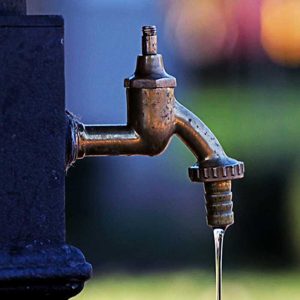
Make sure there’s available tap water close to you and that your hose can conveniently reach both ends of the tap and your pond without strain.
Step 2: Prepare the pond
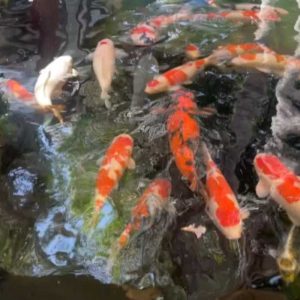
Clean debris, remove excess algae, and ensure the pond filtration system is functioning properly to maintain good water quality in the pond.
Step 3: Evacuate your Koi fish
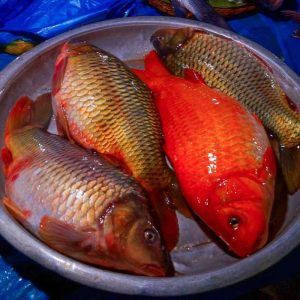
Move some of the current pond water to storage or a spare tank and use your pond fish net to evacuate your fish into it before passing the tap water to the pond. It’s very crucial not to pass tap water to your pond with your fish in it.
Step 4: Connect the hose
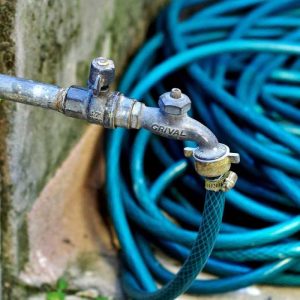
Using a garden hose with a pressure regulator, attach the hose to the tap water source that is suitable for filling the pond. Ensure the hose is clean and free from contaminants.
Step 5: Run the hose into the pond
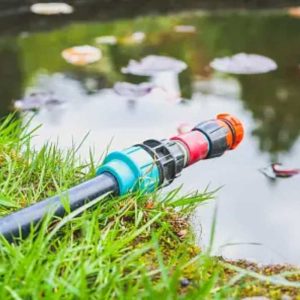
Connect and secure one end of the hose to the tap water source and extend the other end to the pond. Make sure the hose is long enough to reach the pond without causing excessive strain.
Step 6: Slowly add water to the pond
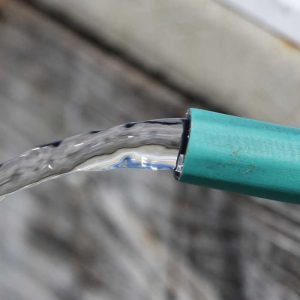
Turn on the spigot for water supply at a low flow rate to avoid disturbing the pond, and gradually fill the pond with tap water using the hose.
Step 7: Dechlorinate the water
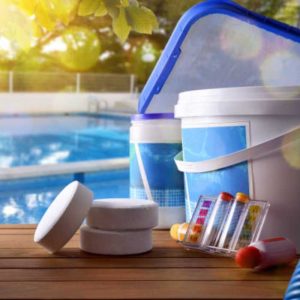
Chlorine is present in tap water amongst other active chemicals which is safe for human consumption but harmful to fish, so you must neutralize it by dechlorinating it and letting it sit for about 48 hours before adding your fish back to the pond
Step 8: Test the water parameters
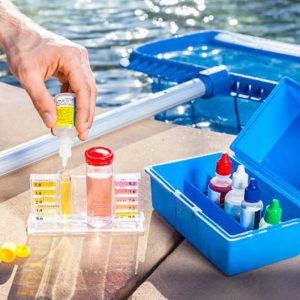
After the 48hrs, before adding your koi fish into the new pond water, ensure you test parameters like pH, ammonia, nitrite, and nitrate levels. If anything seems out of place, adjust the parameters to ensure suitable water quality for koi fish.
Step 9: Acclimate and move in your fish
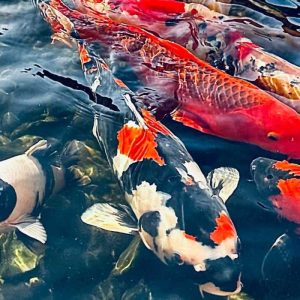
After doing all of the above and confirming the water environment is right, you can now go ahead and acclimate your fish to the new water and then finally move them into the new pond water.
Step 10: Observe the fishes
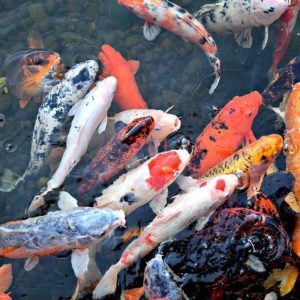
Keep an eye on your koi fish after adding them to the new water. Look out for signs of stress or discomfort like erratic swimming, gasping at the water’s surface, or changes in appetite. If any issues arise, take immediate action by immediately evacuating them back to the spare old water tank and consult a professional.
Step 11: Maintain the pond
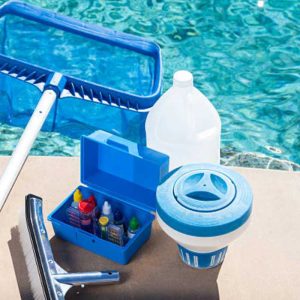
Regularly maintain the koi pond to achieve optimal water quality to keep the koi fish healthy by performing routine tasks such as water changes, filter cleaning, and debris removal.
Your Koi pond should now be filled with water ready for your Koi Fishes.
How Long Can Fish Survive In Tap Water?
If you do not dechlorinate your tap water before pumping it into your koi pond with the fish in it, your fish might die within about 30 minutes to one hour. Chlorine is known to destroy the slime coat of a fish in about 30 seconds which is why dechlorinating your water before adding it to your koi fish pond is one of the most important steps in replacing or topping up the water in your koi fish pond!
How Do You Make Pond Water Safe For Koi Fish?
A lot of fish ponds owners that have spent quite a while doing it are aware of the importance of good water for the fish. Without knowing the why and how it can be challenging for people to maintain a pond and ensure the pond water is safe for fishes living in it.

So here are some of the most important things you must consider to make pond water safe for koi fish;
- Firstly; it is essential to ensure that your water sources are safe for the fish, whether you draw it from your home’s tap or use well water.
- Secondly; Fish ponds owners must test their pond water continuously and make sure there are no ammonia, nitrite, or nitrate levels.
- While you add water to koi pond, aeration is important because it is a safe way of making sure the pond water is oxygenated. It also breaks down the pollutants in the pond and makes it safe for fish to swim about. However, when you aerate your koi fish pond, ensure that you check for nitrates as well as phosphates which can be harmful to fish if too much accumulates.
- Ensure that you keep your fish safe by getting rid of any sick or decaying leaves and plants.
- Ensure that there is a safe place for the koi to rest and safe hibernation spots like under the rocks and bog-wood.
- Taking a healthy fish population into consideration because excessive fish will lead to excessive waste which will ultimately cause an imbalance in your pond water.
- Create a proper balance of pond plant life to safe pond water by providing oxygen for the fish and safe havens for them.
- Ensure that your pond is safe from predators such as cats, dogs, raccoons, and other mammals.
- Introduce beneficial bacteria to your pond water because they have a role of breaking down the nitrogen cycle. They also work to break down harmful ammonia into safe nitrate.
- Test the pond water every week; there are safe chemical kits like the API FRESHWATER MASTER TEST KIT that can help you test your pond water which is recommended if you have fish that are sensitive like Koi.
- Take out debris in the pond before it decays.
Conclusion
There are so many factors to consider when adding water and maintaining your koi fish pond which can be hard to keep track of. However, with these tips and techniques, you should be able to make it more manageable! Remember, safe water is the important thing you need to consider when keeping koi fish. So keep your pond safe by taking note of these points!
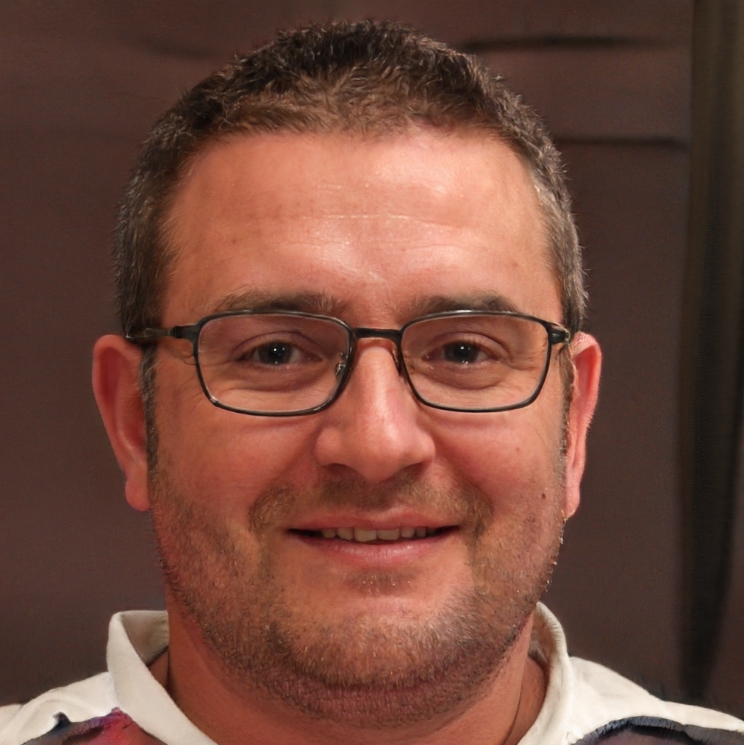
I’m Akin Bouchard. Even though I now own several different fish species, I first became a koi pond owner because I loved these creatures and wanted to turn my passion into something more serious. I take pride in my collection of koi fish and love sharing my knowledge with others interested in these beautiful creatures.
A Comprehensive Guide to Training Your Fish to Perform Amazing Tricks Feats

